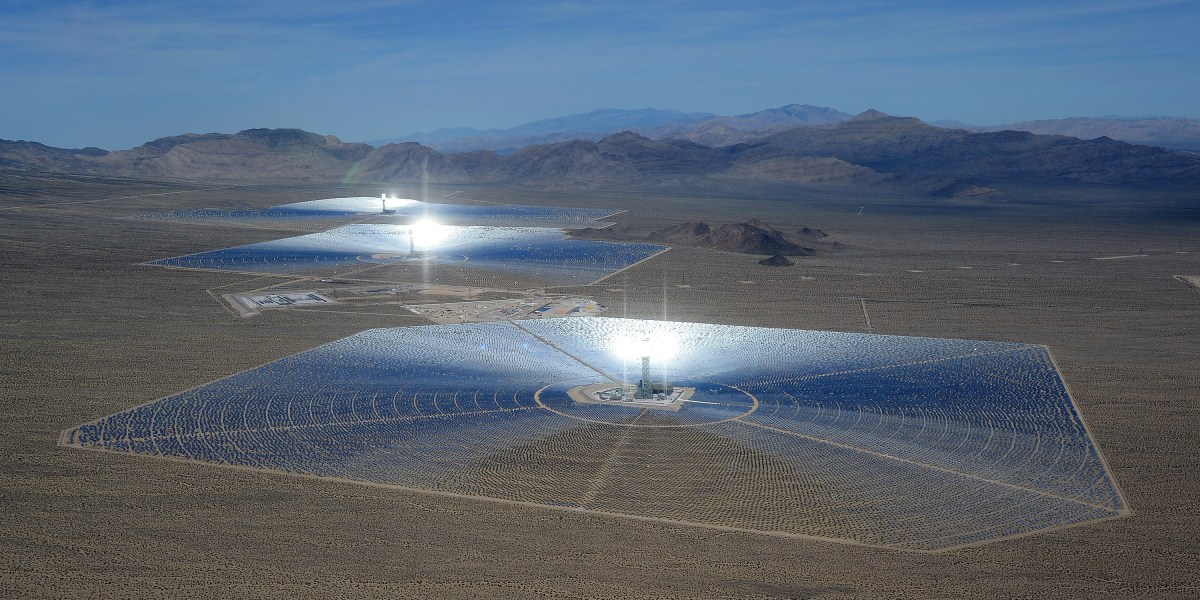“Under the Biden-Harris administration, DOE continues to invest in the next-generation solar technologies we need to tackle the climate crisis and ensure American scientific innovation remains the envy of the world,” Energy Secretary Jennifer Granholm said in a statement.
The DOE has been funding efforts to get concentrated solar energy off the ground since at least the 1970s. The idea was initially driven in part by the quest to develop more renewable, domestic sources of energy during the oil crisis of that era.
But early commercial efforts to produce clean electricity based on this technology have been bedeviled by high costs, low output, and other challenges.
Researchers continued to try to drive the field forward, in part by moving to higher-temperature systems that are more efficient and switching to new types of materials that can withstand them. The focus of the concentrating solar field has also shifted away from using the technology to produce electricity—a job that its solar photovoltaic cousin now does incredibly effectively, cheaply, and on a massive scale—and toward using it to provide the heat needed for various industrial processes or as a form of very long-duration energy storage for grids.
Indeed, a core promise of the technology is that heat can be stored more efficiently than electricity, potentially offering an alternative to very expensive large-scale battery plants. This could be especially useful for dealing with prolonged dips in renewable generation as solar, wind, and other fluctuating sources come to produce a larger and larger share of electricity.
Among the awardees:
- More than $7 million of the DOE funds will support a project at Firestone Walker Brewery in Paso Robles, California, which will tap into solar thermal energy to produce the steam needed for its lineup of IPAs and other beers.
- Another $6 million will go to Premier Resource Management’s planned concentrating solar power plant in Bakersfield, California, which would store thermal energy in retired fracking sites.
- Researchers at West Virginia University, who are working with NASA, secured $5 million to explore the use of solar thermal to produce a clean form of hydrogen, a fuel as well as a feedstock in the production of fertilizer, steel, and other industrial goods.
The DOE funds pilot and demonstration projects in the hopes of kick-starting commercialization of emerging energy technologies, helping research groups or companies to refine them, scale them up, and drive down costs.
In the case of concentrating solar thermal, costs still need to fall by about half to “really unlock broader applications,” says Becca Jones-Albertus, director of DOE’s Solar Energy Technologies Office.
But she says the department continues to invest in the development of the technology because it remains one of the most promising ways to address three big areas where the world still needs better solutions to cut climate-warming emissions: long-duration grid storage, industrial heat, and steady forms of carbon-free electricity.

